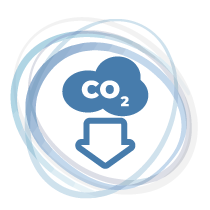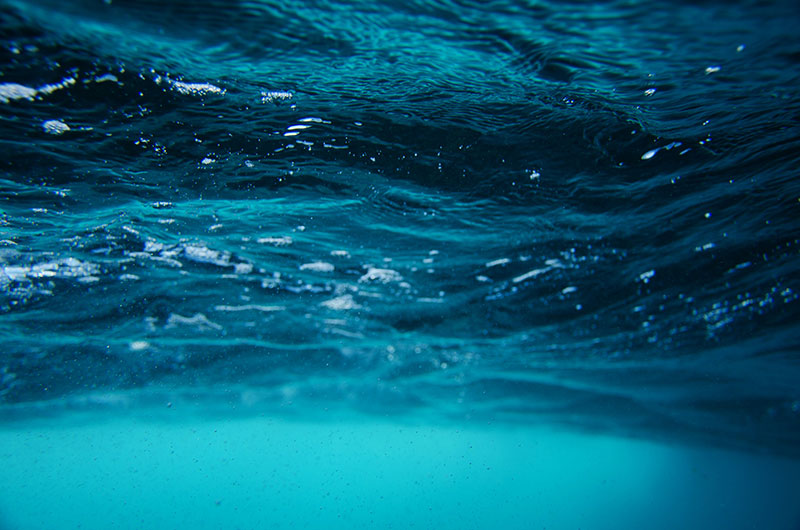Lithium Iberia has incorporated sustainability into all phases of the Las Navas mining project, from the start of mining to its completion and closure. The project design has taken into account the ‘Green Mining’ concept, with standards far higher than those required by the applicable environmental regulations.
We work to proactively manage our impact on the environment, promoting the conservation of biodiversity through actions aimed at responsible water management, energy efficiency, the promotion of renewable energies and the reduction of emissions.
“We understand the importance of combining economic and social progress with environmental protection so that future generations can enjoy a habitable and sustainable planet.”
Our commitments

Responsible water management and zero discharge

No occupation of protected natural areas in the Natura 2000 Network

Plan for the promotion of environmental biodiversity

Self-sufficient electricity supply with photovoltaic energy

Net reduction of more than 3.5 million tonnes of CO2 emissions per year

Water Management
Our plant facilities will implement sustainable and environmentally-friendly water management. The supply will be provided through rainwater harvesting and drainage of the area in which the mining is to be carried out. The main water consumption in the Las Navas project will be in the beneficiation plant and in underground mining, starting in year 6 of the project.
A closed-circuit, watertight system has been designed in the mine waste facility that will ensure that not a single drop of water from the process leaves the plant. Zero discharge of industrial water will be used to ensure that surface water in the vicinity of the project is not affected. All water required at the beneficiation plant will, to a large extent, be recovered and reused in the operation.
Environmental Impact
As part of our environmental commitment, Lithium Iberia has endeavoured to carry out a spatial design of the project’s infrastructures that has succeeded in completely avoiding the spatial occupation of areas included in the Natura 2000 Network. Thus, both the photovoltaic plants and the permanent waste dump are located in cereal fields.
In order to reduce the felling of mature wooded pastureland and minimise the risk of electrocution of birds, the power lines associated with the project have been buried, taking advantage of the tracks created for ore transport. Furthermore, the location of the facilities has been chosen, where possible, near watercourses to reduce the visual impact by taking advantage of the terrain’s orography.
“Neither the drainage nor the process water will affect the Galisteo aquifer or the supplies for Holguera, Grimaldo, Pedroso and Cañaveral.”

More than 5km of overhead lines have been avoided
Reduction of the area of wooded pastureland by 10ha
Reduction of potential visual impact
The project also includes an ambitious plan to promote biodiversity in the study area from the beginning of the farm’s life. Fifteen measures are proposed, including:
- Creation of an ecological corridor that promotes connectivity between the two SACs located within the scope of the project: Canchos del Ramiro y Ladronera and Monfragüe).
- Improvement of the aquatic habitats by constructing partial perimeter fencing and planting aquatic vegetation.
- Planting to reinforce the different habitats that are of conservation interest.
- Agreements with the University of Extremadura to study and control the fungus that causes the dry rot (Phytophthora sp.).
Restoration Plan
The planned facilities will be concealed from the outset with plant berms and designs integrated into the environment. The appropriate restoration designed in the Plan will be guaranteed by the company with the presentation of restoration guarantees for the total amount of the restoration, which will ensure the total repositioning and improvement of the land upon completion of the operation.
Reduced Emissions
Lithium Iberia is committed to the fight against climate change and the achievement of the 2030 Agenda’s Sustainable Development Goals. We have incorporated processes and technologies that allow for a positive impact on our emissions profile and help us to maintain a low carbon footprint. The Las Navas mining project is designed to achieve a net reduction of more than 3.5 million tonnes of CO2 emissions per year.

100% Renewable Energy
All of the energy consumption at the Las Navas site will come from renewable sources: 30MW from the photovoltaic plant to be built in the municipality of Holguera, on a site currently occupied by a cereal field, and the rest from PPAs (Power Purchase Agreements) with other large renewable energy operators.
Furthermore, 100% renewable fuels such as biogas and green hydrogen will be used to power the furnace. The boiler burners will be multi-purpose in order to be able to adapt to the consumption of either fuel depending on the availability of both fuels on the market.

Green hydrogen is a fuel produced through an electrolysis process using surplus renewable energy and water. This allows us to obtain energy without having to generate emissions in the process of obtaining it. The International Energy Agency (IEA) praised the qualities of green hydrogen at the G20 summit in a report titled “The Future of Hydrogen. Seizing today’s opportunities.”
Biogas, on the other hand, is a renewable gas composed mainly of methane and carbon dioxide obtained from the anaerobic degradation -without oxygen- of organic waste, such as livestock, agro-industrial and sludge from water treatment plants and domestic waste. Waste therefore becomes the raw material for an energy source. This makes it a renewable energy source.
